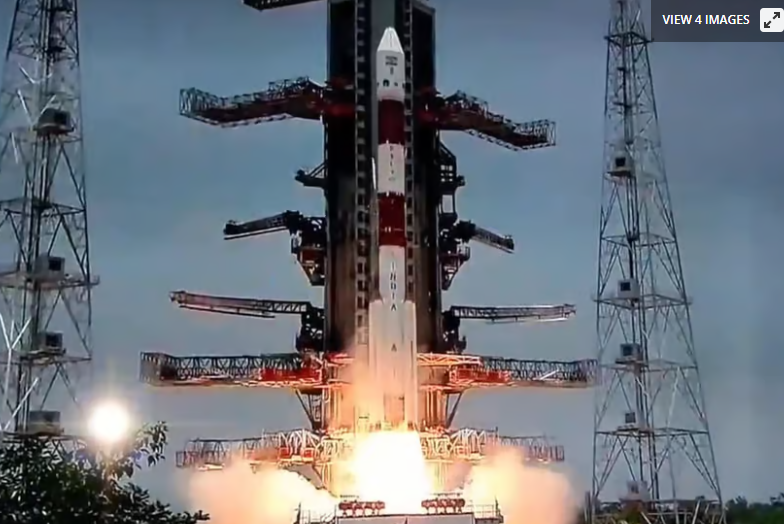
India is furthering its bid to become a major spacefaring power with the launch of its first mission to the Sun, just as it winds down its first successful robotic Moon landing. On September 2, 2003, the Aditya-L1 solar probe lifted off atop the (PSLV-C57) booster from the Satish Dhawan Space Centre (SDSC) in Sriharikota as the Pragyan lunar rover completed its work and went into sleep mode.
Though it's been launching rockets since the 1960s, India hasn't been seen as a major player in space. But the nation has lately pinned a lot of its prestige on its increasingly ambitious deep space missions. The timing of Aditya-L1 and the Chandrayaan-3 Moon missions may be only a coincidence, but it illustrates the level of India's plans.
After a successful insertion into Earth orbit, Aditya-L1 is currently engaged in a series of four orbital maneuvers. The first of these was an orbital thruster burn on September 3 to raise its orbital altitude from 245 km (152 miles) to 22,459 km (13,955 miles). At the end of the fourth maneuver, the spacecraft will leave Earth on a cruising trajectory to 1.5 million km (932,000 miles) from Earth, where it will go into a halo orbit around the L1 Lagrange point between the Earth and the Sun, where the gravitational forces of the two celestial bodies balance out.
At this location, the robotic Aditya-L1 will begin observation of the Sun's photosphere and corona using a suite of onboard instruments, including a Visible Emission Line Coronagraph (VELC), Solar Ultraviolet Imaging Telescope (SUIT), Solar Low Energy X-ray Spectrometer (SoLEXS), High Energy L1 Orbiting X-ray Spectrometer (HEL1OS), Hard X-ray spectrometer, Aditya Solar Wind Particle Experiment (ASPEX), Plasma Analyser Package For Aditya (PAPA), and Advanced Tri-axial High Resolution Digital Magnetometers.
Meanwhile, as the lunar day heads into sunset at its landing site, the Chandrayaan-3 mission is preparing for the long 14-day night. Having completed its assigned tasks, the Pragyan rover has transmitted the data it has collected to Earth and has gone into sleep mode.
A similar procedure will likely be in store for the Vikram lander that carried Pragyan to the Moon. Both craft are solar powered and have no nuclear heating unit to protect them from the extreme nighttime cold that will very likely damage their batteries and electronics beyond use.
However, Mission Control is not giving up hope the sleep will only be a temporary nap. The solar panels have been set in the direction of the rising Sun and the hope is that at least one of the crafts' systems will have survived to reactivate when the new day starts on September 22, 2023.